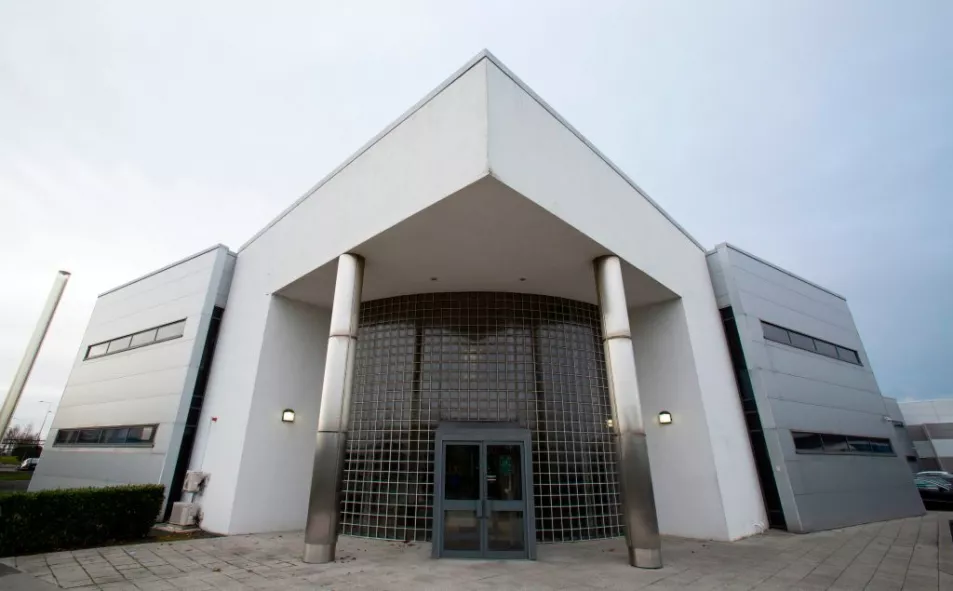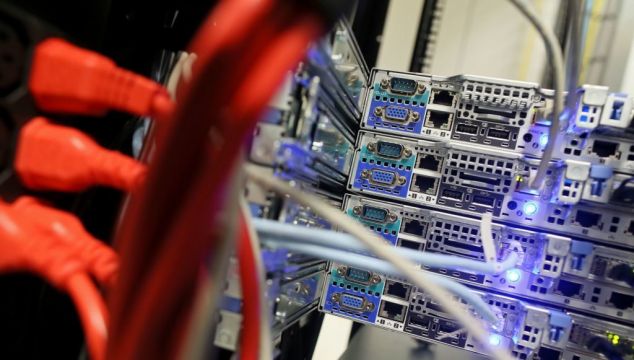Data centres have recently become a topic of national concern due to their energy consumption and strain on the national electricity operator, Eirgrid.
Here is what you need to know.
What is a data centre?
A data centre is a facility that holds critical computer systems and information for organisations which allow technology services to run seamlessly.
Data centres are dependent on a number of infrastructural requirements for them to function which include uninterrupted power supplies, ventilation, cooling systems, and network connectivity.
The centres are essential for companies to provide communications, networking, and data storage services.
The major growth in digital technology and communications has subsequently led to the growth of data centres around the world.
Posting on social media or doing anything digitally like sending emails requires data to be stored in a way that is accessible at all times. That is where the role of a data centre comes in.
Why are there so many data centres in Ireland?
Ireland is one Europe's largest data-centre hubs, with 70 facilities operating across the state — and more on the way. At present, Dublin is home to 25 per cent of all data centres in Europe.
Major tech giants including Google, Amazon, Microsoft, and Facebook all currently use data centres in Ireland.
As reported in The Irish Times, the Department of Business, Enterprise and Innovation has been pursuing a policy of promoting Ireland as a digital economy hotspot. The development of data centres has been viewed as being a key aspect of that plan.
According to a report by the IDA, there are a number of reasons why Ireland is popular for data centre development.
Ireland's skilled workforce, climate, advanced infrastructure, low tax rate and renewable energy sources have all been cited as why the country is an attractive spot for the centres to be built.
The development of these centres has created significant foreign direct investment and job creation.

How do they impact energy supplies?
Data centres currently use about 10 per cent of the country's electricity output.
It is estimated that this could rise to 70 per cent by 2030 if all planning permissions for new centres go ahead.
The national electricity grid operator, Eirgrid, has warned that the State may face an electricity shortfall over the next five winters unless it boosts supply to meet an unusual surge in demand.
The operator identified data centres as the primary cause for the increase in demand.
Over the past four years, demand for energy from data centres has increased annually by 600GWh which is the equivalent of adding 140,000 households to the power system each year.
How do they impact the environment?
With data centres consuming significant amounts of energy to function, they have been criticised for having a negative impact on the environment.
The centres are currently responsible for 1.58 per cent of Ireland’s carbon emissions.
Due to their reliance on the national electricity grid, the facilities are mostly powered by gas.
Furthermore, one centre can also use up to 500,000 litres of water per day to cool its systems — potentially rising to 5m litres per day in a heatwave.
However, some companies have been looking to make the centres more renewable such as Amazons centre in Tallaght.
This particular centre will see the excess heat from servers used to provide hot water and heating for local homes and other buildings in the area.







